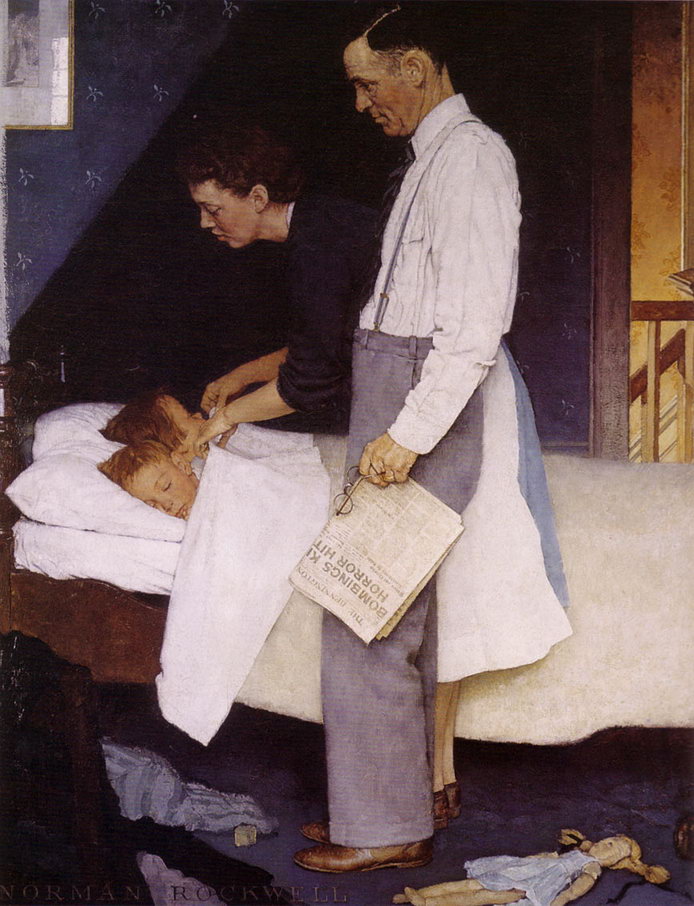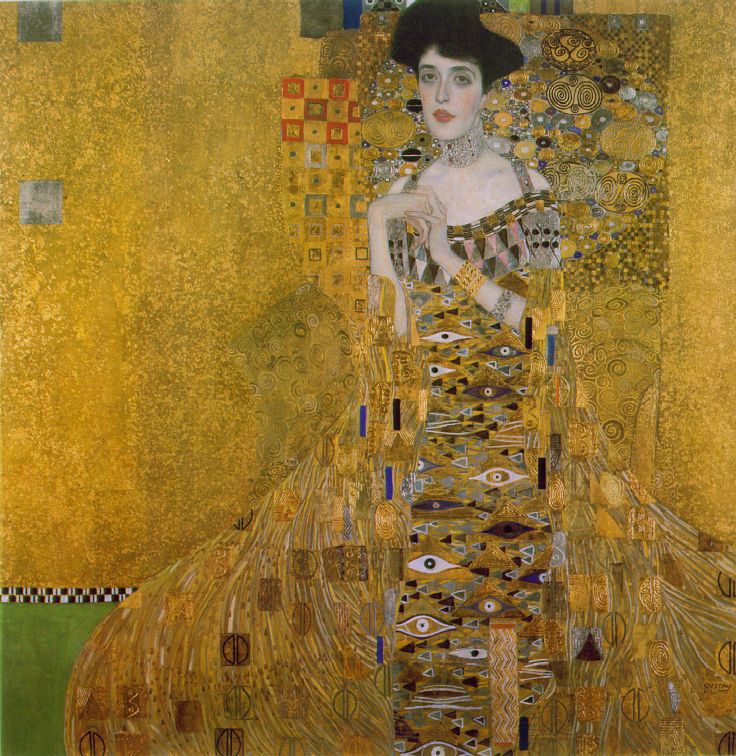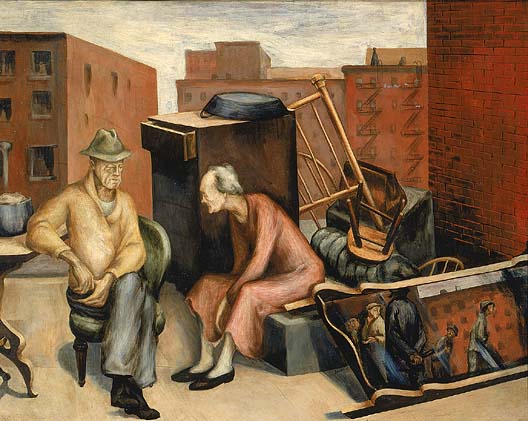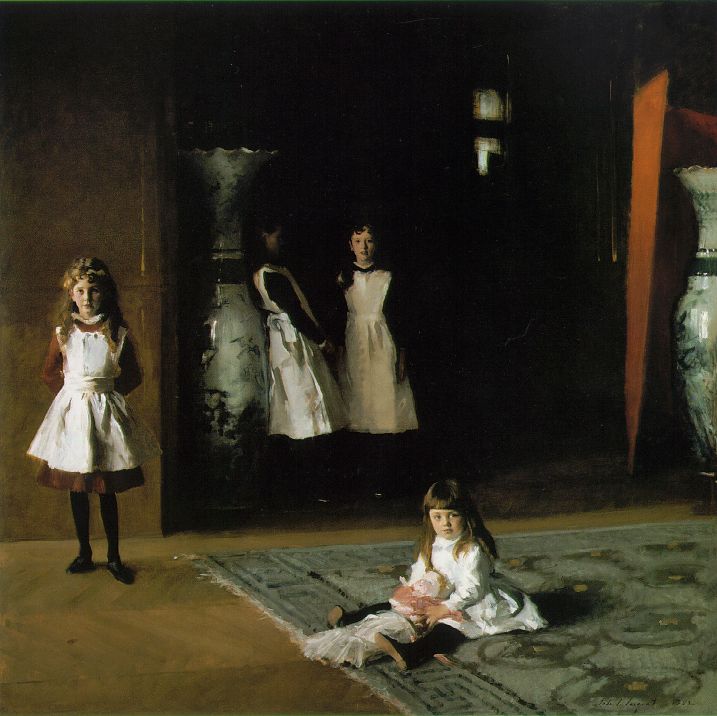|
Claude Monet: An Expressionist Painter

The sun is hot and vivid, and an exact time in the morning is marked by the angle of the shadows,
which are deep and purplish and mellow. The waves seen close-up, appear to be nothing but dabs and slaps of the paint
brush. When you move back, that signature, impressionistic optical mixture comes into play, and you see real waves whitecap
in the breeze. At the correct distance, these and all the painterly elements become nature intself. These are
the words of Thomas Hoving who bought this painting in the early 1970's for 1.4 million dollars for the Metropolitan Museum
of Art, and today that painting would fetch 20 times that amount.

So What's Wrong with Norman Rockwell?
I
have never understood why the art community looked down their respective noses at illustrators. Just a few that I recall quickly
are Norman Rockwell, N.C. Wyeth, J. Leyendecker and the son of N.C. Wyeth, Andrew Wyeth. I suspect illustrators, the really
good ones, take home some handy amount of change if they are still in the work-a-day work routine. But I suspect that it was
and maybe still is a class thing. I ran across this in an Art for Dummies book recently, and a person of no less qualifications
than Thomas Hoving, an elite art historian wrote what follows.
by Thomas Hoving,
eminent art historian
In addition to an acceptance
of all styles and modes of expression today there's a refreshing gradual disappearance of art critism based purely on ideology.
Critics and historians are beginning to recognize that styles are simply languages with one no inherently better than another.
There are fewer and fewer art critic fights and tantrums defending one style against another. There's also a forgiving, permissive
mood currently gaining ground in the art world.
Norman Rockwell (1894-1978), who only a decade ago was considered by most
art critics to be a hopelessly mawkish illustrator of little talent and no energy, has recently been touted, even by the curator
of 20th century art at New York's Guggenheim Museum (which has the subtitle of The Museum For Non-Objective Art hardly Norman's
forte), as a major artistic force and potent communicator in America from the 1930's through the 1960's. I agree.

"I have the gift of neither the spoken nor the written word, especially if I have to say something about myself or my
work. Whoever wants to know something about me -as an artist, the only notable thing- ought to look carefully at my pictures
and try and see in them what I am and what I want to do." Gustav Klimt
Mr. Klimt may not have had the gift
of gab, but he found the pot of gold (posthumously of course) when this painting was sold this year for 136 million dollars.
I wish I knew what I did with my paint box.
Gustav Klimt was born July 14, 1862 in Baumgarten located near
Vienna, Austria. Abject poverty described Gustav Klimt’s family in his youth. At age 14 Gustav Klimt quit school, but
managed to get into an art college. Transferring to another arts and crafts college in Vienna, Gustav Klimt, his brother,
and another friend began to earn commissions while Gustav was still in school.
Gustav Klimt’s early art career
was primarily involved in decorating architecture including theaters, museums and churches. Paintings produced on commission
from the University of Vienna resulted in much criticism and notoriety. This lead eventually to Gustav Klimt resigning the
commission, reclaiming three paintings submitted to that point, and returning the advance money.
Gustav Klimt never
again worked on a state commission project. Believing that his free expression as an artist was endangered, Gustav Klimt collaborated
in founding the Secession movement. The three main thrusts of the Secession movement were: bringing to light young alternative
artists; to bring quality foreign art to Vienna; and to publish a magazine. Gustav Klimt left this movement in 1905.
He
also was a main proponent of the movement that came to be know as Art Nouveau. Creativity was the passion in his life. He
progressed through stages in technique, subject matter and themes. Gustav Klimt died in February of 1918.

THE POWER OF ART AND THE MIND
By Jim Kittelberger
When I have the opportunity to view paintings, rather
in person, or in various media, books or the internet, I throughly enjoy it. One thought that occurs to me if I am taken by
a painting and look at it deeply is that it’s not merely because it is enjoyable to my eyes, and touches something that
I can’t explain inside of me, but I also am thinking or wishing I suppose is closer, that I would have had a modicum
of the talent needed to be able to create something out of nothing on a white blank space that could move the viewer to an
extent they would talk about it, or write about it, perhaps years or centuries later. And then sometimes I run across a painting
that I can’t stop looking at. It digs further into my brain and I become part of the painting or want to know what happened
to the subjects. In this painting by Mervin Jules 1912-1994 painted in 1937, it caused a flutter of anxiety to occur. What
did these poor people do? The title of the painting is DISPOSSESSED, so it is obvious that they have entered the world of
the homeless in a large city. It is also important to note the age of the subjects, and to realize that in 1937, there were
no shelters that would take them in. Perhaps they have children that would take them in, but judging by their meager belongings,
they were receiving no assistance from any children they may have had, so that would seem to be out. The depression was still
going on at that time and President Roosevelt had not created any programs yet that would help them. The artist Mr. Jules
has gone on to his reward in heaven, so we can’t explore his mind about his creations. What then do we do in situations
like this where we become empathetic, but cannot reach in to help. Our minds will have to protract their dilemma onward and
just hope that all turned out well. This is the power of putting a little paint on a canvas. It can move people in ways you
never think about.

I was thinking about going on a diet, again. I need to lose about twenty pounds, but I am having the hardest time starting
a diet. I want to, I need to, but I suffer from a bad case of inertia. I can’t get started.
It’s not only
my problem, but all of America it seems. I googled the following phrase: ‘too fat America’, and I came up with
28,800,000 hits, that’s a lotta hits. Of the 28,800,000 hits, I read three articles and scanned a couple more. There
are a lot of theories, but nothing startling or new. We eat too much, we eat the wrong stuff, and we don’t exercise
enough. A couple theories are of the rebound sort, we, as a country, don’t smoke as much, so we eat more, and we have
better drugs to combat cholesterol, so we don’t worry as much about downing all the extra groceries. But we are gaining
weight as a country, especially in the south the statistics say. Good old southern fried chicken and/or pecan pie I guess,
but whatever we are becoming a bunch of rollie-pollies.
The artist Fernando Botero, a hero of all overweight people,
paints most of his subjects large. From the one picture I have seen of Mr. Botero he is slim, go figure.

John Singer Sargent was the painter, and one interesting fact about the subjects of the painting called, THE
DAUGHTERS OF EDWARD BOIT was that none of his daughters ever married.
|

